As with any culture that is not your own, certain behaviors, practices and habits may be considered odd, weird and even downright bizarre. Filipinos have a fair share of them, and often the source of endless fascination (and even annoyance) by the same people whose culture Filipinos would surely likewise find odd, weird and bizarre.
So the next time you are in the country and are awakened at the most ungodly hours because of a crowing rooster with messed up body clocks, try to see the bigger picture first before you attempt to commit animal cruelty.
Here is the first part of Top 10 Filipino quirks and oddities explained. Feel free to share your observations or hilarious encounters with Filipino behaviours in the comments.
1. The perennially crowing rooster with a messed up body clock
Philippine roosters have a nasty habit of crowing at the top of their lungs even well before the sun comes out of its hiding. This is because their forefathers have been artificially selected by early-rising Filipinos who had to work at the farm at the crack of dawn to avoid the intolerable heat come 9 o’clock and onwards. Roosters are also no respecters of people taking their “siesta” (afternoon nap) that one begins to wonder whether they crow just to irk people who are trying to get some rest.
2. The burning desire to be white
One look at the personal care department in any Philippine supermarket and you will see the deluge of products that promise to whiten in just seven days! This, of course, confounds white-skinned visitors who specifically come here to splash on some color. If getting a tan indicates that you can afford to holiday in the tropics, so is being white-skinned an indicator that one need not toil under the scorching heat of the tropical sun to earn one’s livelihood. Those who work in the farms are understandably darker than most, and had to endure the midday sun to put food on the table when night comes.
3. “Tingi” mentality
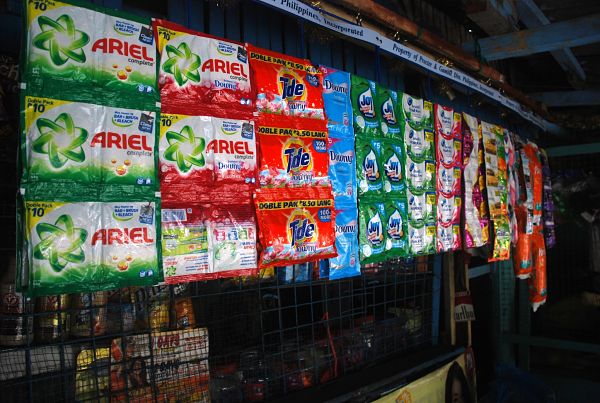
Filipinos take the concept of retail and break it down further into micro proportions. Foreign backpackers are often amazed when they find themselves in Filipino supermarkets because everything they could possibly need already come in pre-packaged mini-sizes. Shampoos and toothpaste in sachets; soaps in 60g packets; mineral water in 330ml bottles; and canned goods in 150g portions. For most Filipinos, buying retail has a lot more to do with economics than preference.
4. Ambiguity
Like most Southeast Asians, Filipinos – especially when they have to deliver bad news – beat around the bush in an effort to sound as least hurtful as possible. This can even be seen in their language, in how they couch serious news in roundabout phrasing, or euphemize emotionally damaging words with something less painful to the ear. Delivering bad news may take the form of “Something happened to John” when in truth, John had already figured in a messy road accident and was already declared “expired” on arrival to the hospital.
5. The “eyes” have it
Filipinos are often thought of speaking in gestures, or conveying information with a slight twitch of the eyebrows or a pout of the lips. It is not uncommon to be answered with both eyebrows raised when you ask a “yes” or “no” question (both eyebrows raised means yes), or a slight shrug of the shoulders when the answer is “maybe.” A generation ago, parents often warn their children of impending disaster when a house rule is violated, just with a “ready to devour” look. This is particularly true of Negrenses (peoples of Negros) whose parents would often discipline their unruly children to behave with just one stern look.
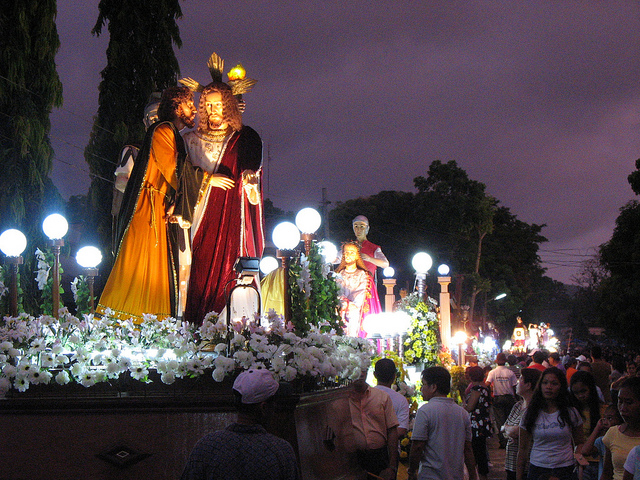

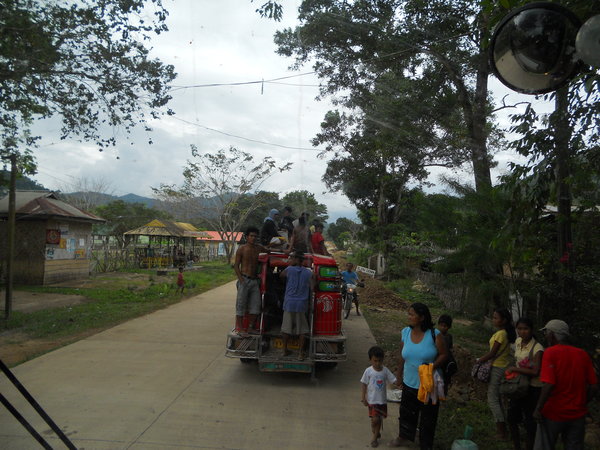
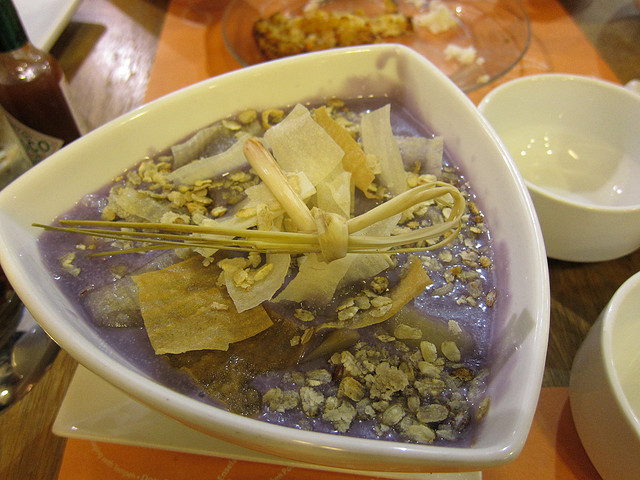
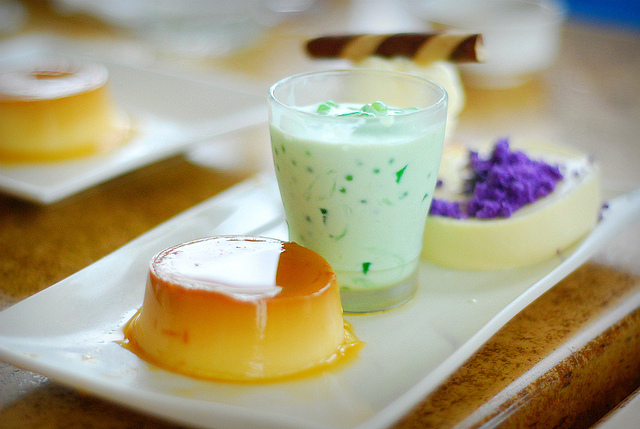
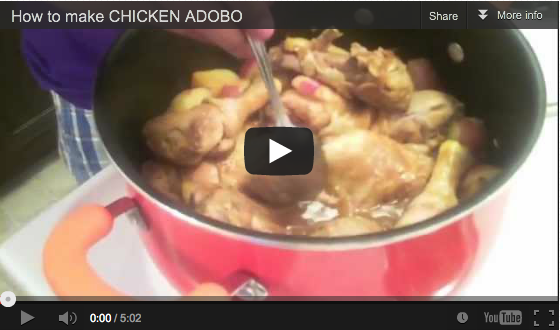
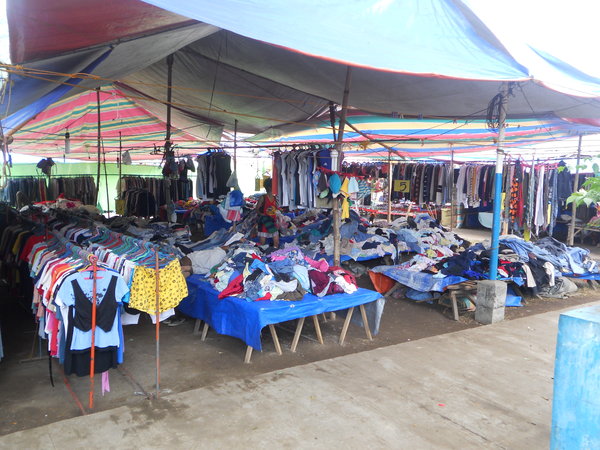
Tingi: This is not uniquely Filipino. Please travel to the wet/dry markets or wholesalers in Indonesia or Thailand or Vietnam and you can find the same sachets. In the US, this is even called a “trial pack”, sold in retailers such as Bed, Bath and Beyond.
Hi CPG,
Thank you for pointing that out. I would suppose that buying retail is not totally uniquely Filipino – in the same way that being tightly-knit as a family is a trait shared by most Southeast Asian countries and rooting for the underdog is not exclusively Filipino – but we do take the concept of “tingi” to really micro-levels. I think it is roughly correlated to the purchasing power of the people; from what I understand “trial pack” in the United States is exactly that, until perhaps changing economic fortunes would force the people to buy them as a way of life. In the Philippines, and I would suppose in countries whose people subsist on a dollar or so a day, “tingi” is more a way of life.
Let me scout around for what would really capture that concept as accurately as possible, around the country as I speak, and hopefully, around SE Asia early next year.